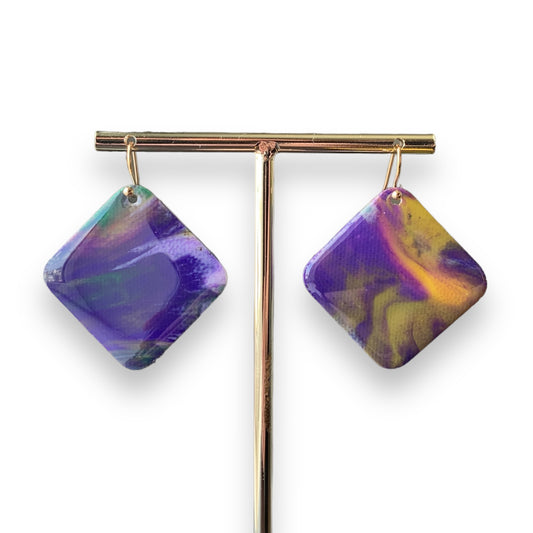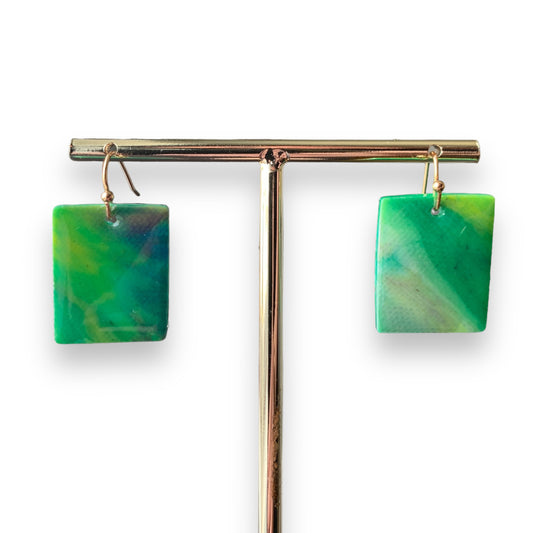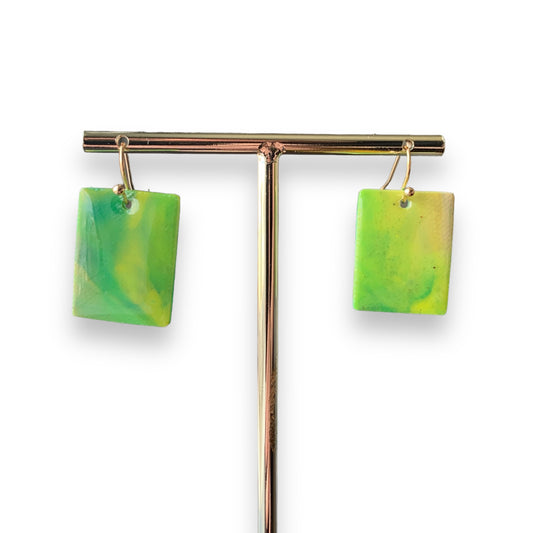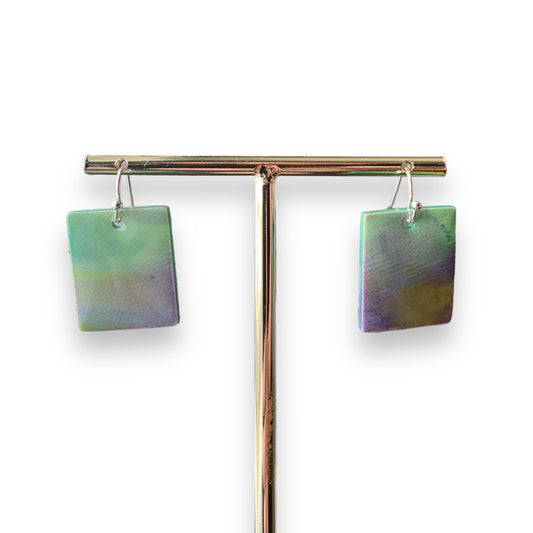
Rewear your clothes
Share
Re-wearing clothes, also known as outfit repeating, is a common practice among many people. It involves wearing a garment multiple times before washing it. There are several reasons why people choose to re-wear clothes:
-
Convenience: Re-wearing clothes can save time and effort by reducing the frequency of laundry. If a garment is still clean and doesn't have any noticeable stains or odours, it can be worn again without the need for immediate washing.
-
Sustainability: Re-wearing clothes aligns with sustainable fashion practices. By extending the lifespan of garments, you can reduce the overall environmental impact of clothing production and minimise water and energy consumption associated with frequent washing.
-
Personal style: Many individuals have favourite items in their wardrobe that they enjoy wearing repeatedly. Repeating outfits can be a way to express personal style and create a signature look.
-
Versatility: Re-wearing clothes allows you to experiment with different combinations and styling options. You can mix and match items to create new outfits, maximising the versatility of your wardrobe.
To ensure that re-wearing clothes remains hygienic and fresh, it's important to consider the following tips:
-
Assess cleanliness: Before re-wearing a garment, visually inspect it for stains, dirt, or odours. If the item appears clean and doesn't smell, it can likely be worn again.
-
Air out clothing: If a garment has been worn but doesn't require immediate washing, hang it in a well-ventilated area to air out. This can help remove any lingering odours and freshen it up.
-
Spot clean: If you notice a small stain on a garment, try spot cleaning it with a gentle detergent or stain remover. This can help target specific areas without needing to wash the entire item.
-
Rotate and rest clothes: Avoid wearing the same garment for consecutive days to allow it to air out and regain its shape. Rotating your clothes and giving them time to rest can also help prolong their lifespan.
-
Practice good personal hygiene: Maintaining good personal hygiene, such as showering regularly and wearing clean undergarments, can help ensure that re-worn clothes remain fresh.
While re-wearing clothes can be a practical and sustainable choice, it's important to note that certain garments, such as underwear and socks, should typically be washed after each use for hygienic reasons.
There are several public figures who are known for re-wearing their clothes, which helps promote sustainability and reduce fashion waste. Here are a few notable examples:
-
Kate Middleton: The Duchess of Cambridge, Kate Middleton, is known for her elegant and timeless style. She has been praised for re-wearing outfits on multiple occasions, including formal events and public engagements. By doing so, she sets an example of sustainable fashion and demonstrates that it's acceptable to repeat outfits.
-
Michelle Obama: Former First Lady Michelle Obama has also been recognised for her wardrobe recycling. She often re-wore dresses and outfits during her time in the White House, showing that even in the public eye, it's possible to prioritise sustainability and responsible fashion choices.
-
Emma Watson: The actress and activist Emma Watson has been an advocate for sustainable fashion. She has publicly spoken about her commitment to re-wearing clothes and has been seen wearing the same outfit to multiple red carpet events. Watson's approach emphasises the importance of reducing waste in the fashion industry.
-
Livia Firth: Livia Firth, an environmental activist and founder of Eco-Age, actively promotes sustainable fashion. She created the Green Carpet Challenge, where she encourages celebrities to re-wear outfits on the red carpet to raise awareness about ethical and sustainable fashion choices.
-
Mark Zuckerberg: The co-founder and CEO of Facebook, Mark Zuckerberg, is known for his minimalist wardrobe, consisting mostly of grey T-shirts and hoodies. By simplifying his wardrobe choices, he promotes the idea that you don't need a vast collection of clothes and that re-wearing can be a practical and sustainable approach.
These public figures, among others, demonstrate that re-wearing clothes is not only acceptable but can also be a statement of personal style and a commitment to sustainability. Their actions help challenge the notion that wearing an outfit only once is necessary or expected in high-profile settings.










